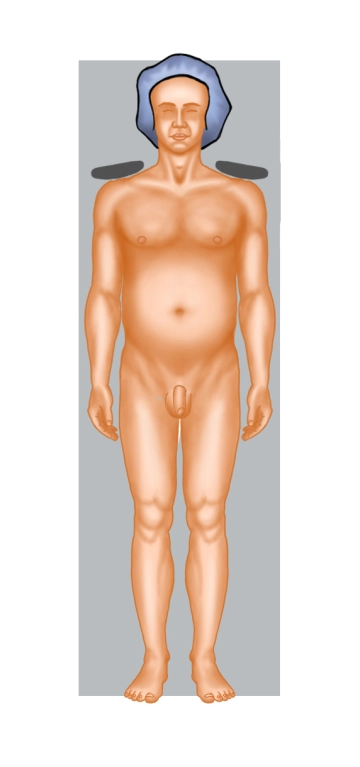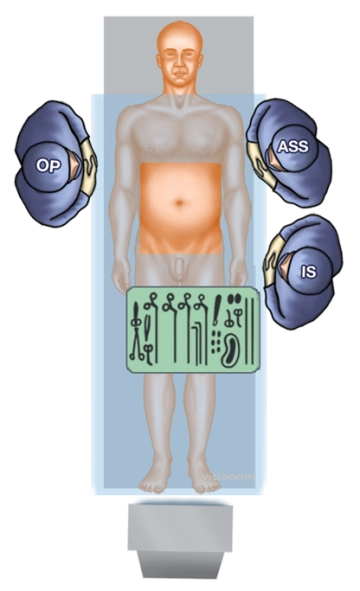Considering an incarceration rate of 30% with a mortality rate of up to 15%, there is no doubt about the indication for surgical treatment of umbilical hernias. An exception is small umbilical hernias with a fascial gap of less than 0.5 cm, which have only a low risk of incarceration.
Umbilical hernia repair by direct suture is possible according to the guidelines of the European and American Hernia Society for a hernia gap diameter of < 1 cm, provided there is no obesity (BMI > 30) and/or rectus diastasis.
If direct suture is considered, it can be performed continuously or as a single button suture technique end-to-end with slowly or non-absorbable suture material.
In this article, an operation according to Spitzy is applied. After inferior semilunar incision of the navel, the hernia sac is detached from the skin navel, the hernia sac/content is repositioned, and the hernia gap is closed with single button sutures. Some surgeons prefer a left or right lateral incision as it can be easily extended.
The EHS (European Hernia Society) and AHS (American Hernia Society) set the threshold for the use of a mesh at > 1 cm. Only for defects of 0 - < 1 cm should a suture technique be chosen with discretion for defects between 1 - 2 cm. Up to 4 cm, a preperitoneal mesh repair is recommended, alternatively minimally invasive sublay techniques (E/Milos, eTEP, TES) are also an option, especially in the presence of rectus diastasis.
In open repair of ventral hernias, the hernia orifice is fundamentally only stretched, but not surgically enlarged. Enlarging the hernia orifice would transform a primary hernia into an incisional one with a significantly higher recurrence rate.
In obesity, data show a lower wound complication rate for lap IPOM compared to open procedures.
For defects > 4 cm, the approach should be as with incisional hernias.


